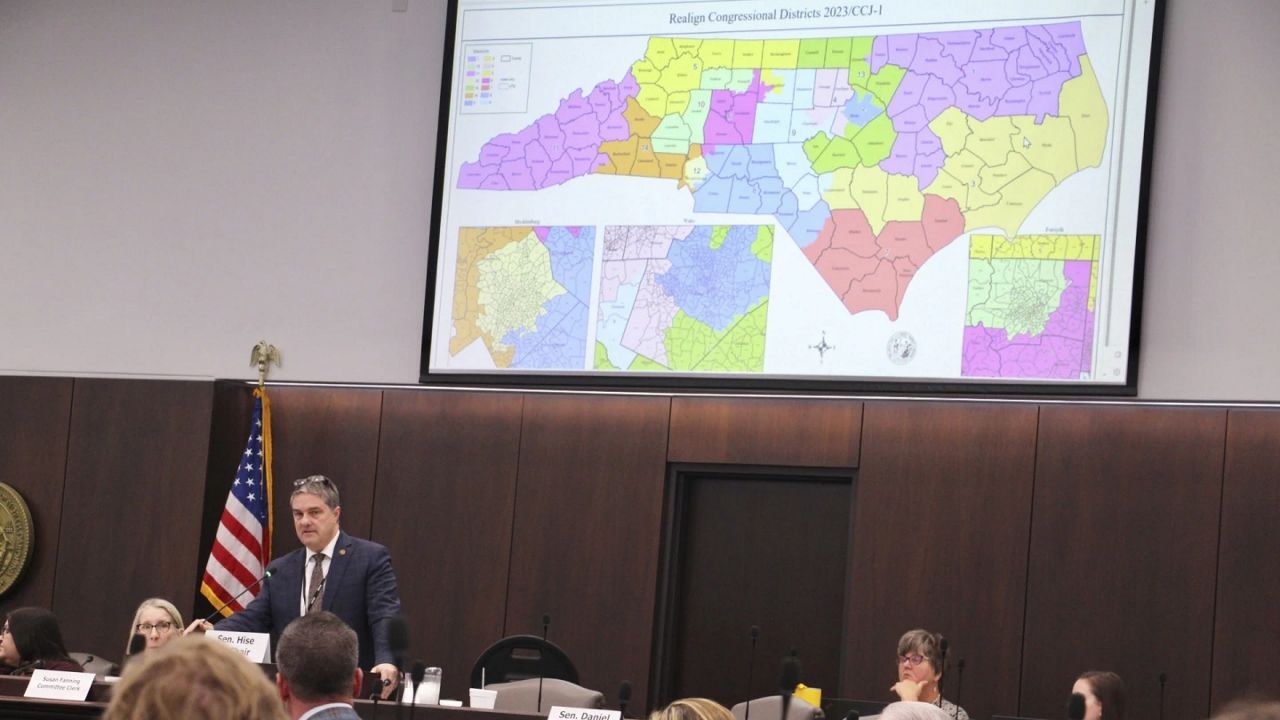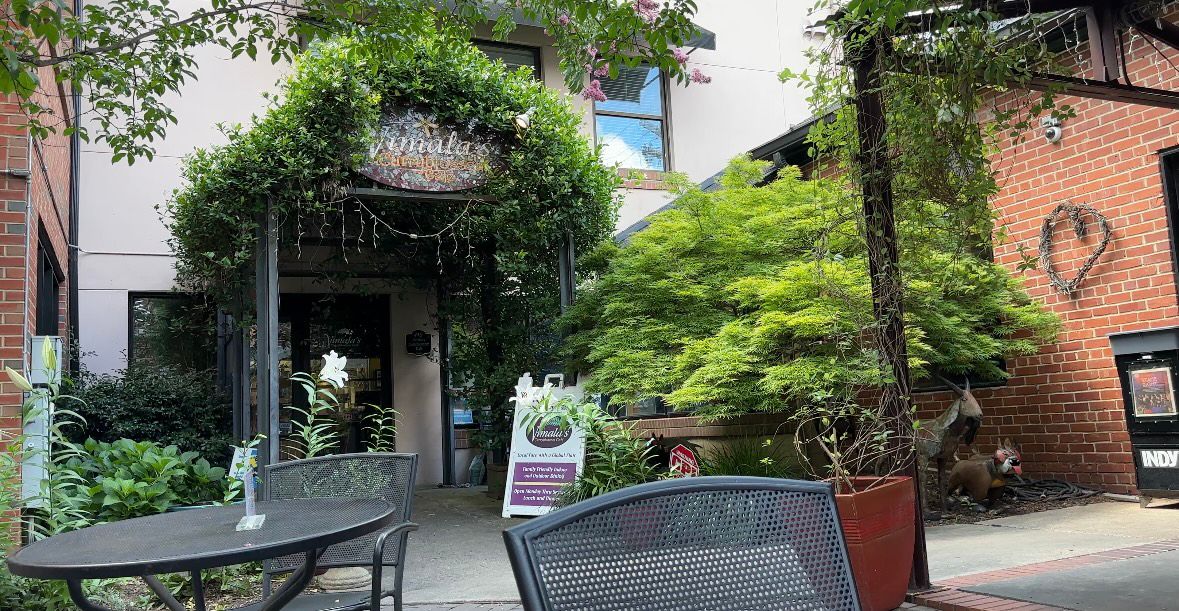SURF CITY, N.C. — Tim Brown has been “nest-sitting” for over eight years, monitoring sea turtle nests and trying to ensure that hatchlings emerge safely and head toward the ocean.
Brown, a volunteer on Topsail Island through the Karen Beasley Sea Turtle Rescue and Rehabilitation Center in Surf City, says he can hear baby sea turtles leaving their nests — a sound he says is similar to that of a rain stick.
He uses a hydrophone to record the sounds in the nests along the beach.
“Basically it just gives us audio signals of what's going on in the nest,” Brown said.
It is sensitive to even the slightest sounds.
“Every once in a while, you can actually hear them a chirp, like a little peeping sound," Brown said. "They actually communicate with each other before they come out."
With every nest, Brown and other volunteers build a sand ramp for the baby sea turtles.
“Clear this path, put the little berms up to kind of guide them along, because we've got people lining both sides of it. And it also keeps the people away so they (the turtles) can walk unencumbered to the ocean,” he said.
The ramps draw the attention of beachgoers because they're a sign a nest is about to go through emergence.
“Crowds gather when we do this ramping, and they will line the nests or line the ramps. So we go around and educate them all, because they are helpful,” Brown said.
He and the other volunteers use this as an opportunity to tell people about things like lights can affect hatchlings.
“There's people with porch lights on everywhere, and they (turtles) all come out and head straight for that,” Brown said.
Marking one of the nests that Brown is monitoring is a new kind of tape created by the Beasley center and Love Thy Turtle that aims to help raise awareness of the animals.
The tape is printed with QR codes that beachgoers can scan to learn more about the turtle nests, and it is biodegradable, unlike the typical tape, which is plastic.
The volunteers' goal is to get as many baby sea turtles into the water as possible.
Very few sea turtle hatchlings survive to adulthood. The National Oceanic and Atmospheric Administration estimates that no more that one in 1,000 make it.
The Beasley Center is urging beach residents to use turtle-friendly, amber lights for ocean-facing illumination of homes and businesses rather than white lights. The center is offering four free amber lightbulbs for the first 25 homeowners who sign up for its initiative to help sea turtles.





)


